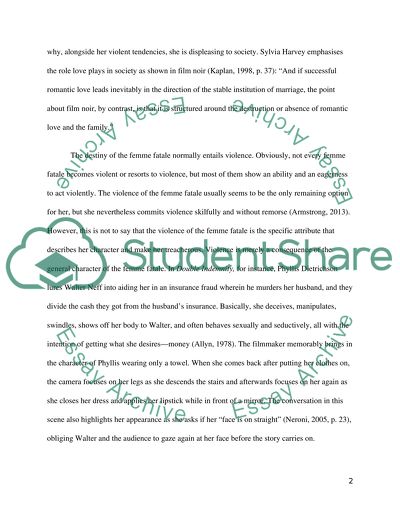Cite this document
(“Film Studies:Term Paper 2013 Essay Example | Topics and Well Written Essays - 1500 words”, n.d.)
Retrieved from https://studentshare.org/visual-arts-film-studies/1479669-film-studies-term-paper
Retrieved from https://studentshare.org/visual-arts-film-studies/1479669-film-studies-term-paper
(Film Studies:Term Paper 2013 Essay Example | Topics and Well Written Essays - 1500 Words)
https://studentshare.org/visual-arts-film-studies/1479669-film-studies-term-paper.
https://studentshare.org/visual-arts-film-studies/1479669-film-studies-term-paper.
“Film Studies:Term Paper 2013 Essay Example | Topics and Well Written Essays - 1500 Words”, n.d. https://studentshare.org/visual-arts-film-studies/1479669-film-studies-term-paper.


